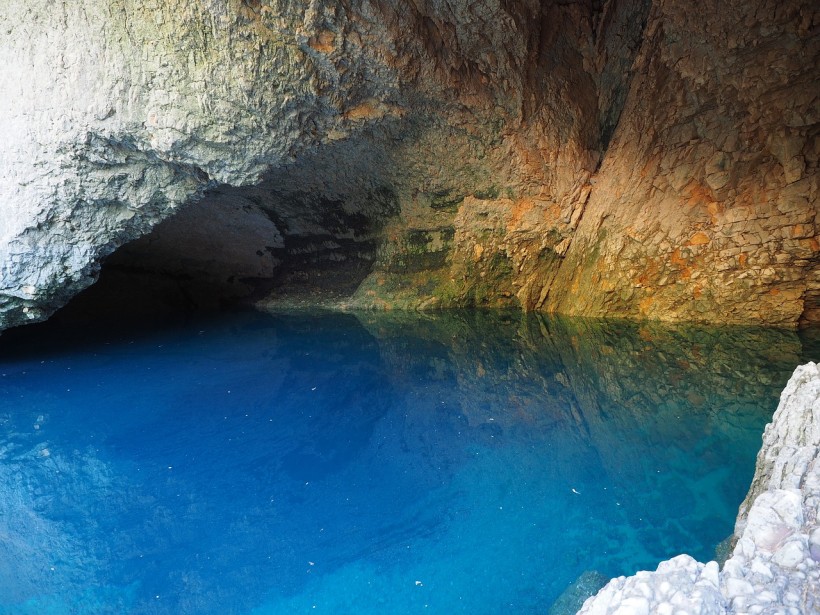According to an international study that looked into temperature variations in 12 global caves, a huge portion of the planet's freshwater reserves available for consumption can be put at risk because of climate change.

Freshwater Reserves
Caves enable specialists to look into underground systems that humans mainly cannot access. These ecosystems house the largest freshwater reserves available for immediate consumption and house highly adapted and distinct creatures. These guarantee the quality of the reserves for humanity's future by recycling contaminants and organic matter.
As part of the study "Temperature variation in caves and its significance for subterranean ecosystems," the researchers examined more than 105,000 temperature measurements in various climatic areas. They compared this with surface temperatures that correspond.
Several caves in the study are considered global underground biodiversity hotspots. These caves include Viento in the Canaries, Planina in Slovenia, and Vale Telheiro in Portugal.
ALSO READ: Humans Dominated a Majority of Freshwater Resources, Disrupting Ebb and Flow
Surface and Underground Temperature Levels
Ana Sofia Reboleira, the study's coordinator and a biologist from the Center for Ecology, Evolution, and Environmental Changes at the University of Lisbon's Faculty of Sciences, explains that temperature variations showed three unique thermal response patterns of the underground environment compared to the surface.
All the annual temperature variations registered in the caves were small, with 0.1 degrees Celsius being the smallest and 8.8 degrees Celsius being the highest.
While cave temperatures were able to reflect the temperatures of the surface with slight delays in some cases, the surface variations in others were quickly reflected underground. There were also cases where an inverse pattern was observed, wherein higher surface temperatures led to lower cave temperatures (and vice-versa). This could be likened to a thermal mirror.
Reboilera explains that the results show that average cave temperatures reflect average temperatures from the outside. The consequence is that temperature rises predicted in surface climate change contexts would be reflected beneath the surface.
Unprotected and rare species dwell in the caves. These creatures guarantee the quality of the water and are adapted to living in stable environments with minimal temperature variations. Hence, the consequences of temperature increases are quite unpredictable and harmful to the largest freshwater reserves available for consumption.
The study also shows that daily thermal cycles exist in certain caves. In ecosystems with total sunlight absence, circadian rhythms are lacking among organisms. Reboleira explains that the shocking findings show that the daily thermal cycles could control subterranean organisms' biological rhythms.
RELATED ARTICLE: Massive Undersea Water Reservoir Discovered Deep in the Earth's Crust, Might Be Responsible for Slow-Motion Earthquakes
Check out more news and information on Environment & Space in Science Times.




![Earth's Quasi-Moon Kamo‘oalewa Could Originate From Lunar Surface Not Asteroid Belt [Study]](https://1721181113.rsc.cdn77.org/data/thumbs/full/53275/89/56/50/40/earths-quasi-moon-kamo-oalewa-could-originate-from-lunar-surface-not-asteroid-belt-study.png)









